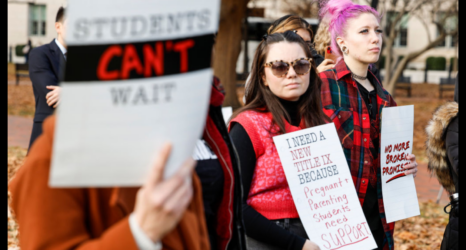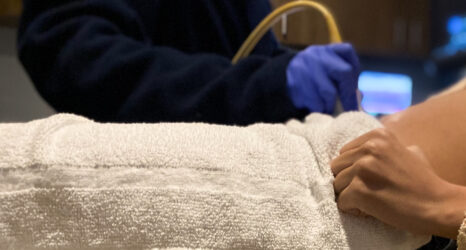President Biden’s Cabinet features gender parity for the first time. But parity is not equality, and there are still Cabinet glass ceilings women have yet to shatter.
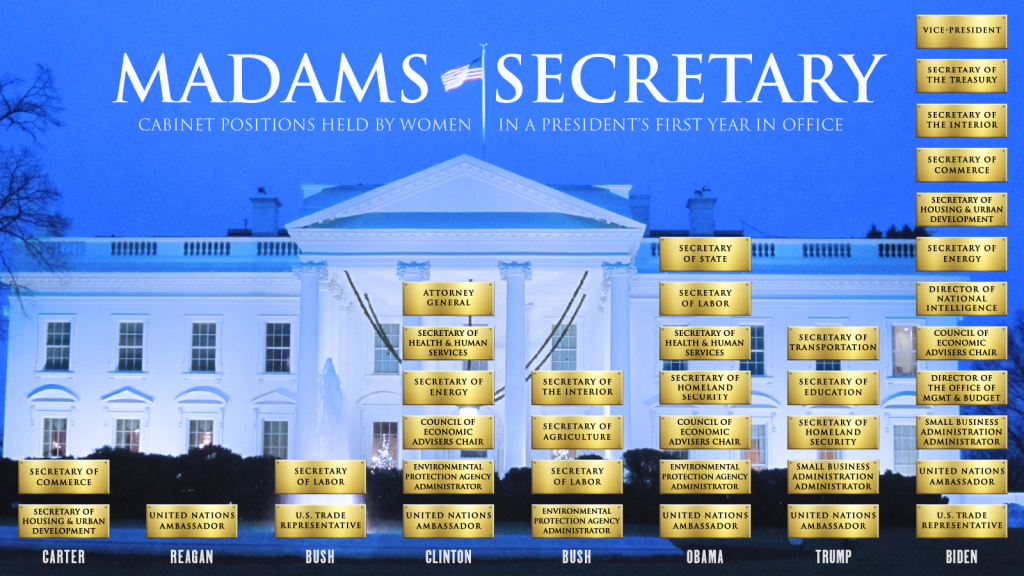
No institution better embodies the advancements made by women at the highest levels of power and the challenges that remain than the president’s Cabinet.
On September 11, 1789, President George Washington nominated the first candidates for the secretaries of the executive departments. In 1933—143 years after the first Cabinet appointment—President Franklin D. Roosevelt named Frances Perkins as secretary of labor, the first woman to hold a Cabinet position.
Since then, women have shaped the Cabinet, contributed to executive branch governance, and expanded their role at the federal level. This evolution culminated in President Biden’s Cabinet, which features gender parity for the first time. But parity is not equality, and there are still Cabinet glass ceilings women have yet to shatter.
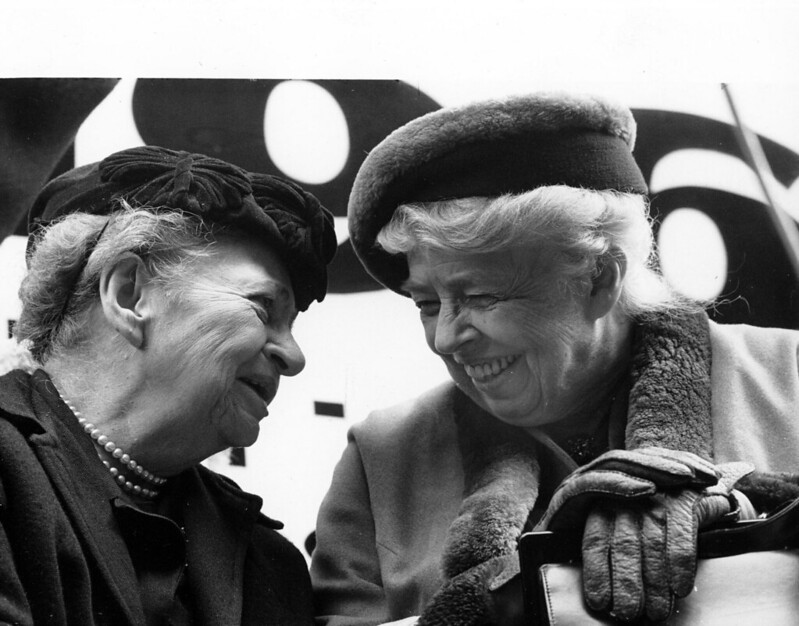
As the secretary of labor, Frances Perkins faced two enormous tasks. First, to help FDR tackle the unprecedented rate of unemployment and suffering among Americans during the Great Depression. Second, to address the economic crisis while carrying the hopes and expectations of potential, future women Cabinet secretaries.
Perkins knew that if she failed, her struggles would be held against other women candidates in the future. That enormous pressure makes Perkins’s accomplishments all the more impressive. She served for the duration of FDR’s presidency, executed critical New Deal programs including the Civilian Conservation Corps and the Public Works Administration, created Social Security and unemployment benefits, ensured the passage of laws against child labor, and instituted a 40-hour work week. There had never been and likely never will be a more important or influential secretary of labor.
While many women served in the Cabinets of FDR’s successors, Bill Clinton’s administration marked a turning point for female leadership. Clinton appointed Janet Reno as the first woman attorney general and Madeleine Albright as the second woman ambassador to the United Nations (the first was Jeane Kirkpatrick during Ronald Reagan’s presidency). After four years, Clinton appointed Albright as the first woman secretary of state—the oldest and perhaps most prestigious of the department secretary positions.
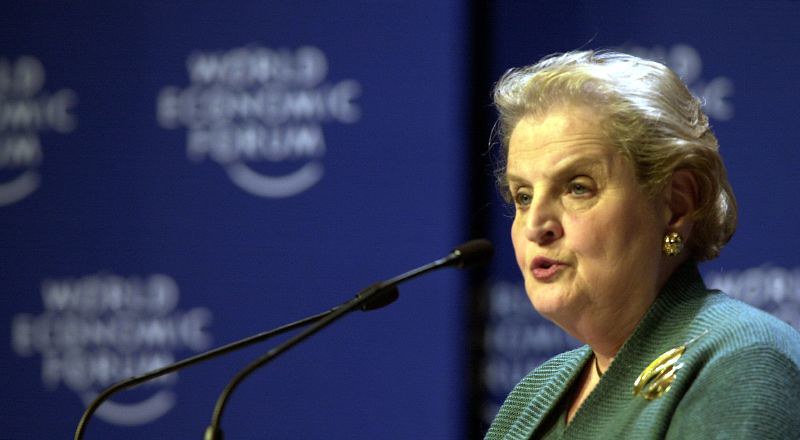
Critically, both Reno and Albright served admirably, but also for longer tenures than many of their male predecessors and successors. Reno served as attorney general for the entire eight-year term—the first attorney general to do so in over 150 years and a feat that hasn’t been matched since Reno’s tenure. Albright served as U.N. Ambassador for Clinton’s first term and then secretary of state for the second term, providing important diplomatic continuity.
All presidents try to avoid Cabinet turnover whenever possible, but especially in the top foreign policy positions. Presidents want to retain institutional knowledge and experience, foster existing diplomatic relationships, and avoid the disruption that accompanies personnel changes. Reno and Albright’s steadiness strengthened Clinton’s foreign policy and his presidency.
President Biden made a few critical appointments that continue the tradition of formidable female leadership in the Cabinet. Janet Yellen is the first woman secretary of treasury—which is especially remarkable given that the Treasury Department has existed since 1789 when Alexander Hamilton took the reins. Yellen is also perhaps the most qualified secretary of treasury ever, having previously served as the chair of the Federal Reserve, a member of the Federal Reserve Board of Governing, the chair of the Council of Economic Advisors for President Bill Clinton, and the president of the Federal Reserve Bank of San Francisco.
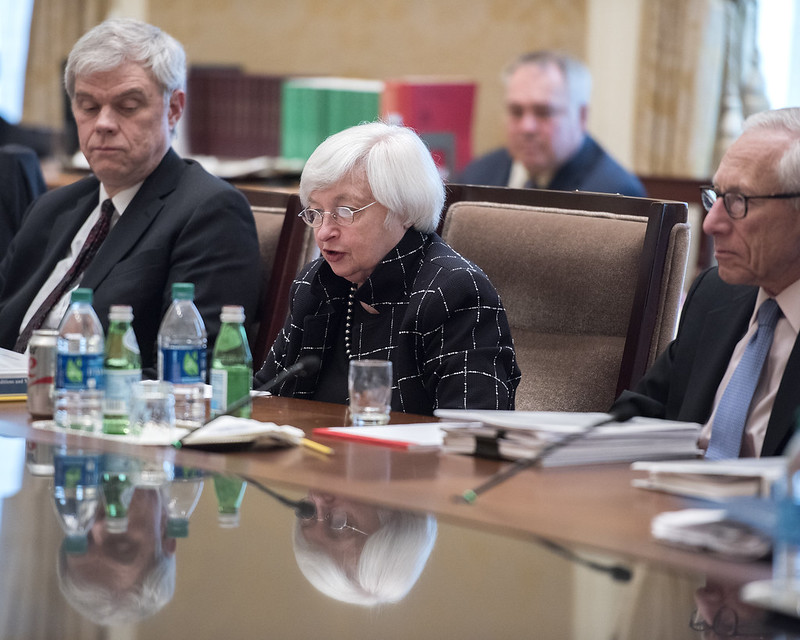
Avril Haines is also the first woman director of national intelligence. While the DNI position has only existed since 2005, it oversees the entire federal intelligence apparatus and serves as the intelligence community’s representative to the president. Few positions in the federal government are more powerful.
Within the Cabinet, Gendered Realities Still Exist: “National Security, Defense and the Military Should Be Left to the Boys”
Despite these important advancements, some of the firsts obscure the gendered realities that still exist in the Cabinet. Gender parity does not mean gender equality. Of all the big national security positions—director of national intelligence, secretary of defense, attorney general, CIA director, secretary of state and national security advisor—only one position is held by a woman. The rest are men.
This allocation of power implies that women are welcome in the Cabinet—as long as they are focused on domestic issues, which are safe and traditional for women to manage. National security, defense and the military should be left to the boys to handle.
To be clear, I don’t believe that Biden thinks women are incapable of handling serious issues. Furthermore, it is incredibly important for a president to select secretaries with whom they can have a good relationship. Nothing sinks an administration faster than Cabinet discord. But the current appointments do continue, if not reinforce, traditional gender Cabinet stereotypes.
I have no doubt that it’s only a matter of time before women shatter these remaining glass ceilings. The Cabinet and the nation will be better off when that day comes.
Up next:




